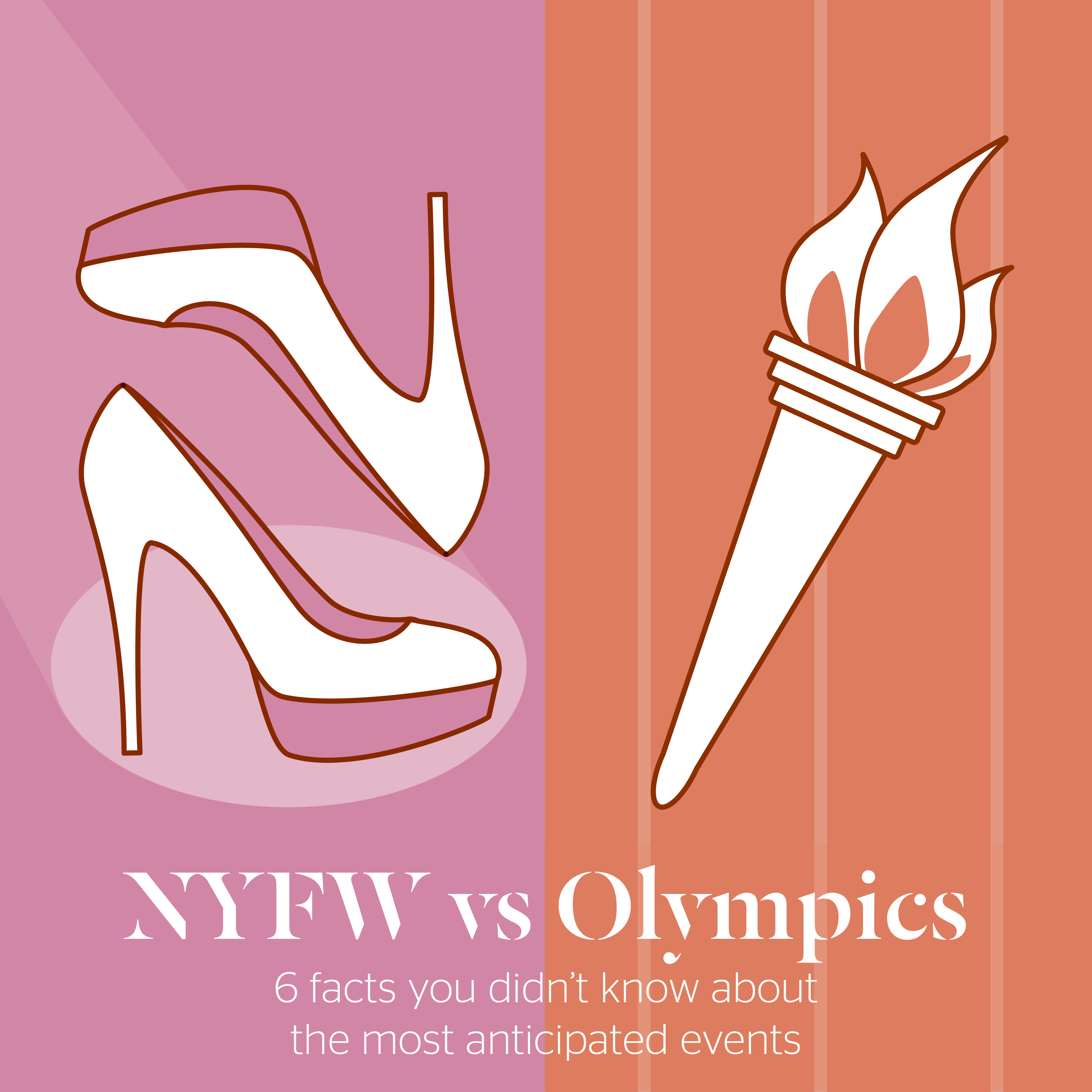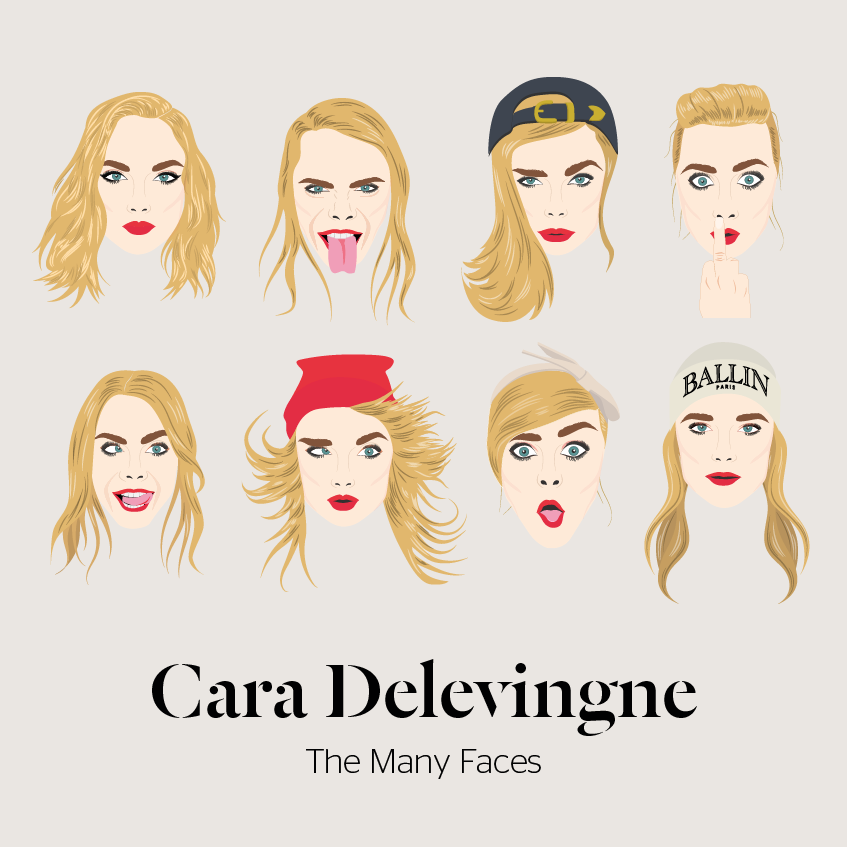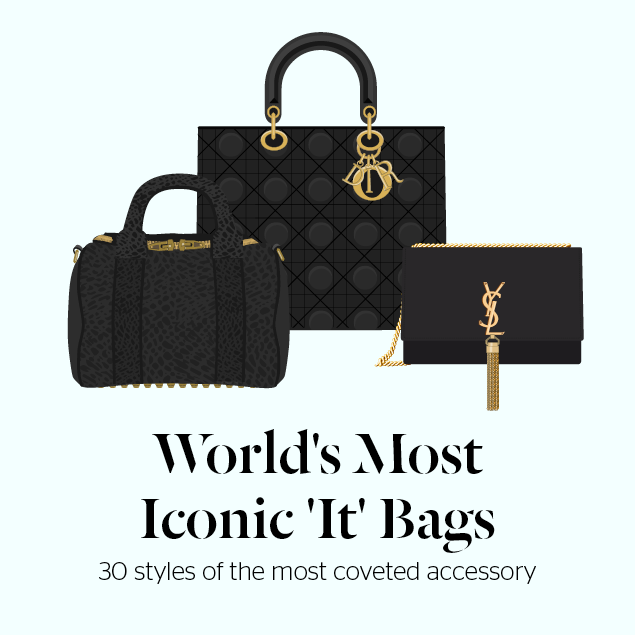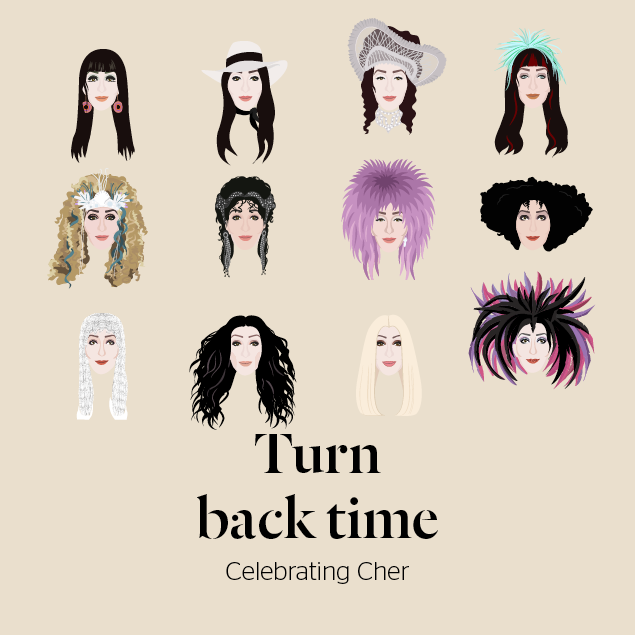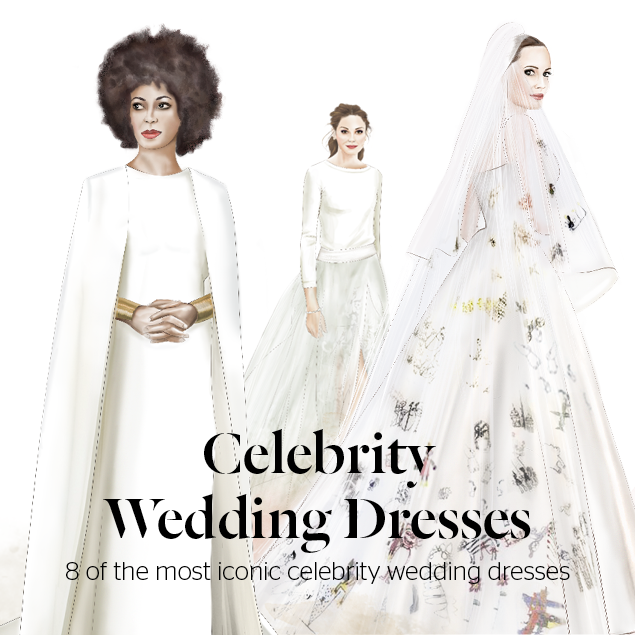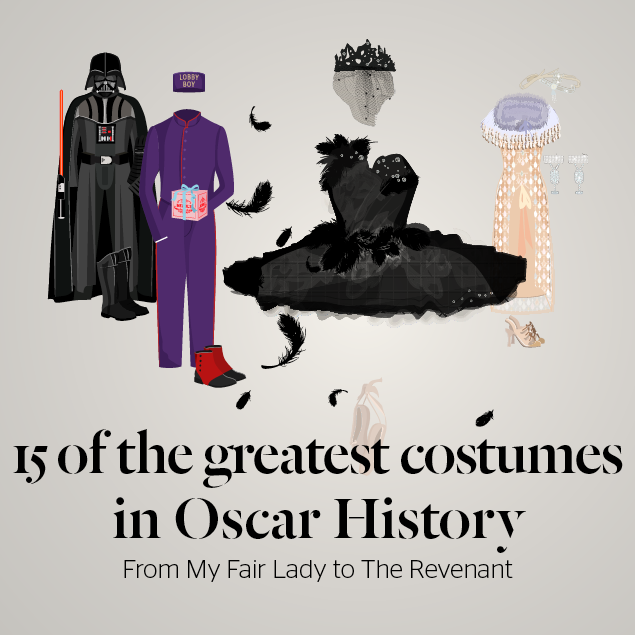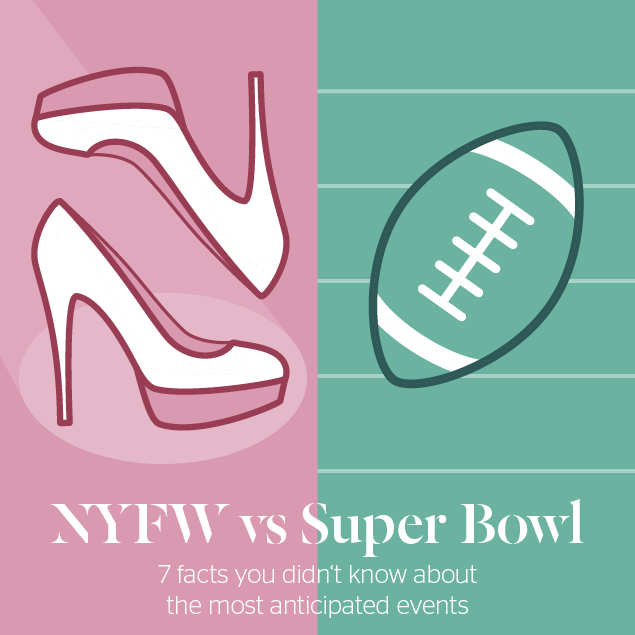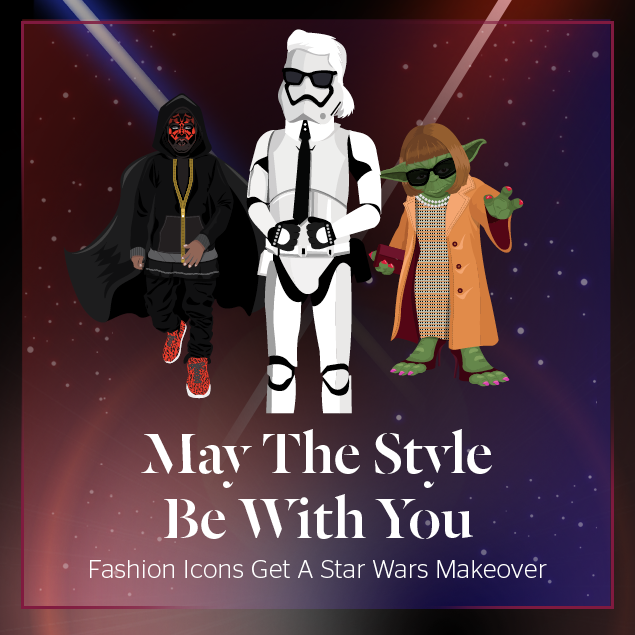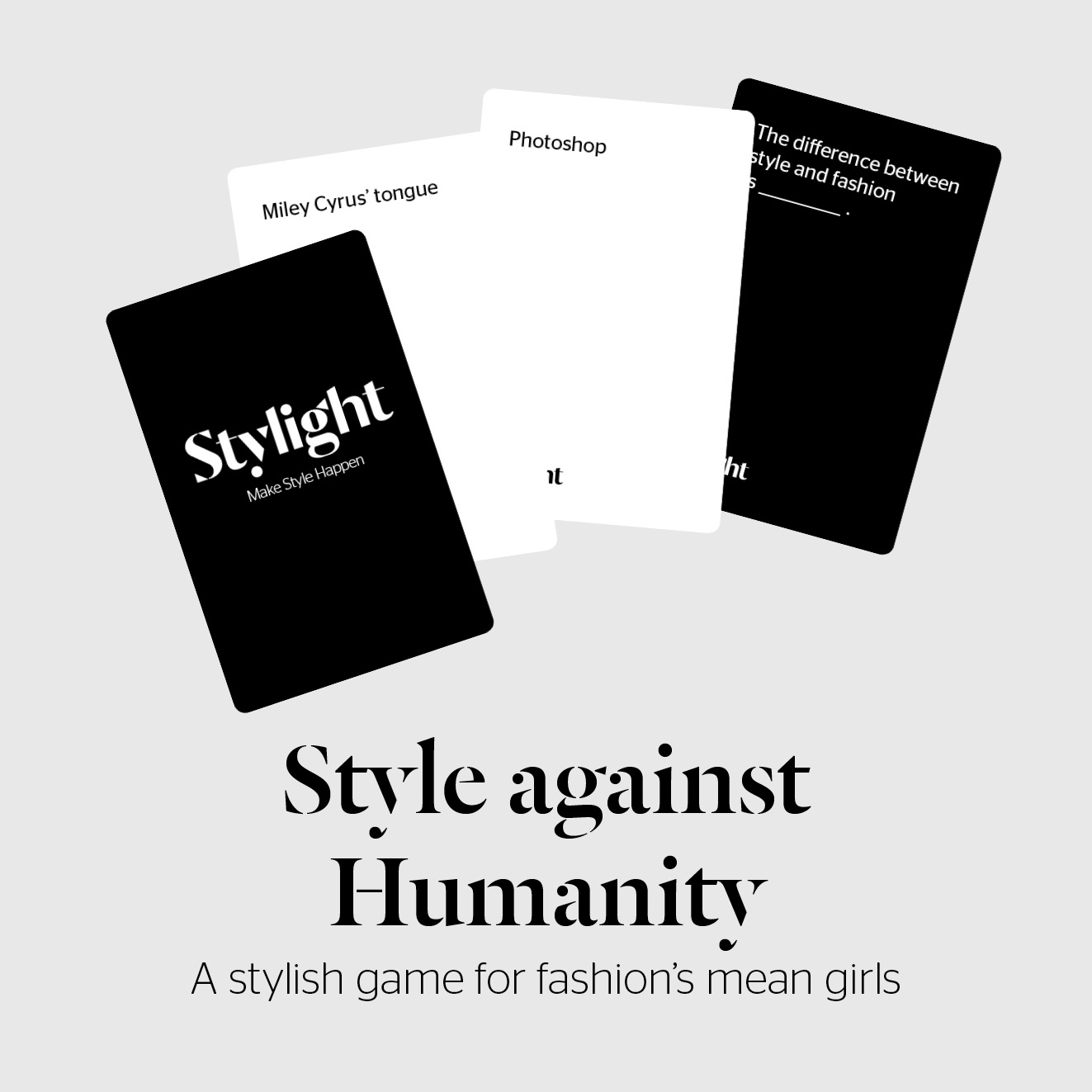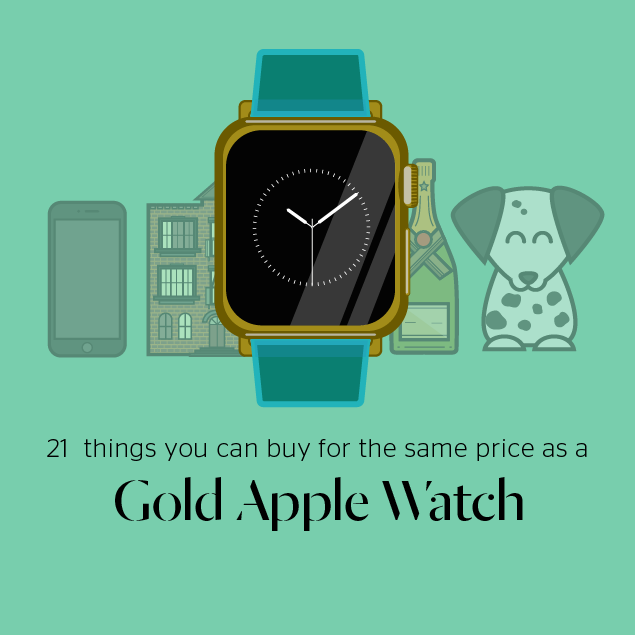A look at women in the workforce
through 60 years of Barbie
Hiya Barbie,
Hi Ken!
I'm a Barbie girl, in a Barbie world
Life in plastic, it's fantastic
You can brush my hair, undress me everywhere
Imagination, life is your creation
When Aqua released Barbie Girl in 1997, the song became more than a catchy tune reminiscent of karaoke bars and college parties, it represented what was synonymous with the Barbie brand: a vapid fashion doll playing on unrealistic body ideals and traditional views of feminity.
But the thing is, Barbie has always been a little misunderstood.
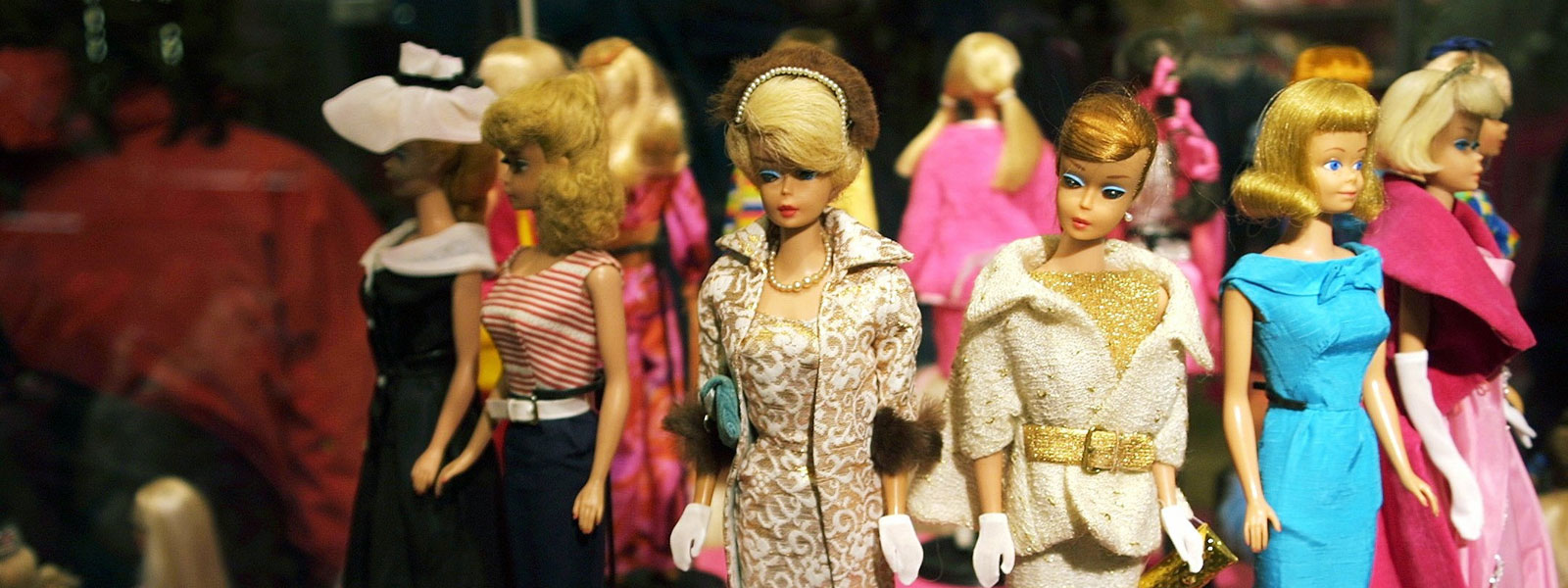

Photo: Getty Images
Since her creation in 1959, Barbie has held over 200 careers spanning dozens of industries and ranks. Barbie was inspired, in part, by Barbara Handler, the daughter of Mattel co-founder and Barbie creator, Ruth Handler. The elder Handler noticed that instead of playing "house" with baby dolls, her daughter chose adult paper dolls to "project [her] dreams of [her] own futures an [an] adult woman."
Barbie was created as an outlet for young girls to envision what their lives could look like, outside of being someone's wife and mother. Barbie was not, and has never been, limited to the assumptions of feminity. She was an astronaut, surgeon, and an Olympic gold medalist in an era where domesticity was still the undercurrent of society.
"My whole philosophy of Barbie was that, through the doll, the girl could be anything she wanted to be," Ruth Handler said. "Barbie always represented the fact that a woman has choices."
For as much as Barbie represents beauty and materialism, she has worked tirelessly to break down gendered career barriers since her inception. She first flew the friendly skies in 1999, began her political career in 2000, and just last year, added robotics engineer to her resume.
Barbie has been to Mattel what the iPhone has been the Apple: a worldwide success. Barbie is one of the most successful children's product lines in history. By Mattel's count, 90 percent of American girls between the ages of 3 and 10 own at least one Barbie doll (2009). Even with the influx of tech toys for kids and a changing retail landscape, Barbie has still proven a winning bet for Mattel. The manufacturer was the no.1 global toy company in 2018, largely thanks to a persistent increase in Barbie sales.
Barbie's role has evolved as with the global female workforce. She can code, own a business, dominate ballot boxes, and fight fires. For all of the controversy this iconic doll has caused over the decades, she does her best to mirror culturally important milestones.
So in Barbie's world, she isn't doing too shabby; but in the real world,
how are women shaping up?


Education
Elementary Teacher
In both the United States and Canada, women represent approximately 56-57% of enrollments and continue to outnumber men in most fields of study.
Across the board, more women are enrolling in post-secondary education than men. The boost in education, however, does not immediately translate to income. In 2019, women still do not earn as much as their male counterparts. A study found that in order for women to earn the same amount as men, they need to hold at least one more degree.
In 2017, the mean annual earnings for an American man with a bachelor’s degree was $87,000, a woman with a bachelor’s was earning just $61,000. A masters degree held even higher discrepancies, with men earning, on average, $120,000 and women only yielding $83,000.






Photo: Getty Images
Medicine
Doctor
The number of women graduating from medical school has increased by 104% since 1980.
While women account for 43 percent of practicing physicians and surgeons in the US, 2018 marked the first year, nationwide, that the majority of incoming medical students were female.
However in lesser paid medical fields, women make up the overwhelming majority. Nearly ¾ of opticians in the United States are female, 55 percent of pharmacists, and according to data from the US Census Bureau, 89 percent of registered nurses are women.




Military
United States Army officer
Today, women represent 16% of enlisted forces in the US and 18% of officer corps.
Many Western, developed countries have women on their front-lines, but outside of the West, it’s rare. Countries, where women may serve in military combat roles, are mostly European. It took the US until 2015 to allow women to serve in combat posts, and the UK until just last year to open roles of close combat to women.
The air force and navy see the highest rates of female participation in the States, wherein both services, approximately one in five enlisted members are women. The marines, on the other hand, see the lowest numbers of female enrollment, with women only accounting for 7.5 percent of marines officers and 8 percent of marines enlisted.
Politics
Presidental candidate
As of January 2019, there are 11 women serving as Head of State in their country, and 10 serving as Head of Government.
Globally, Rwanda is the nation with the highest percentage of women in parliament. Women hold 61.3 percent of the seats in the lower house in the African nation. Unsurprisingly, Nordic countries come second for female political engagement, with 42.3 percent of women holding seats in parliament.
Across the world, when women are represented in government, the country sees a benefit. In areas of India with female-led councils, there are 62 percent more drinking water projects. In Norway, there's a direct correlation between women in government and childcare coverage.


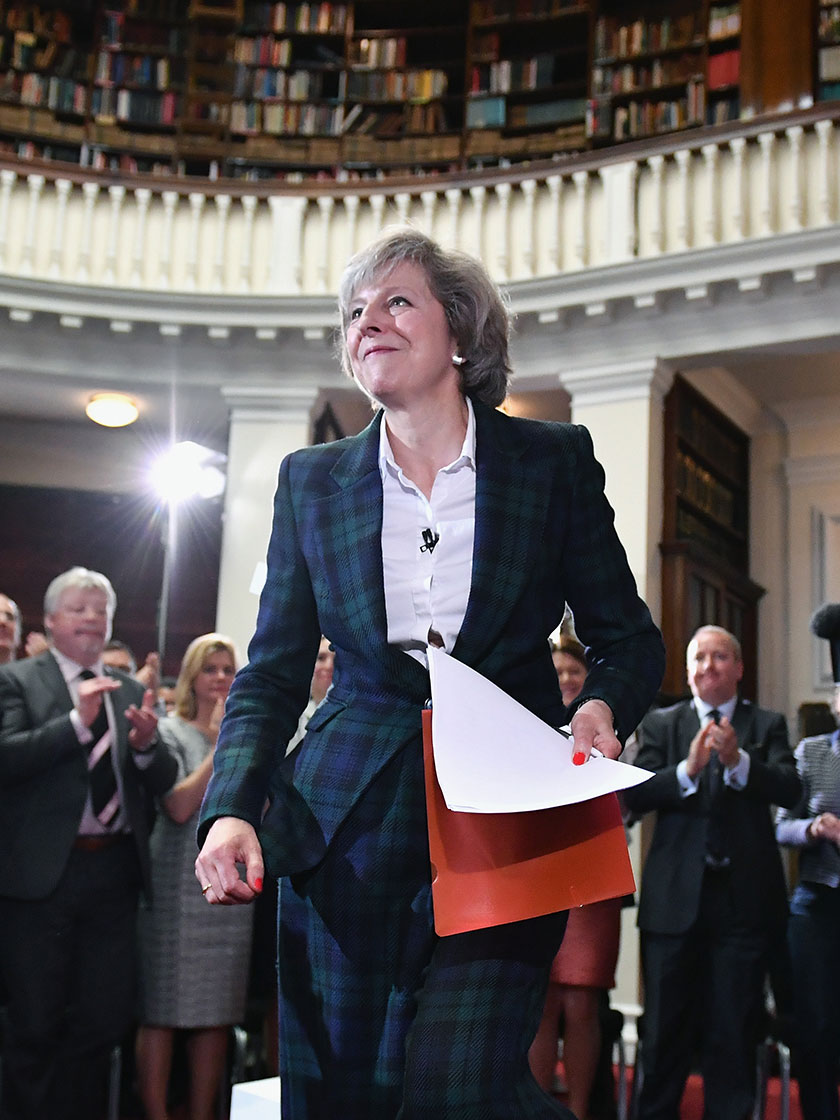

British Prime Minister Theresa May
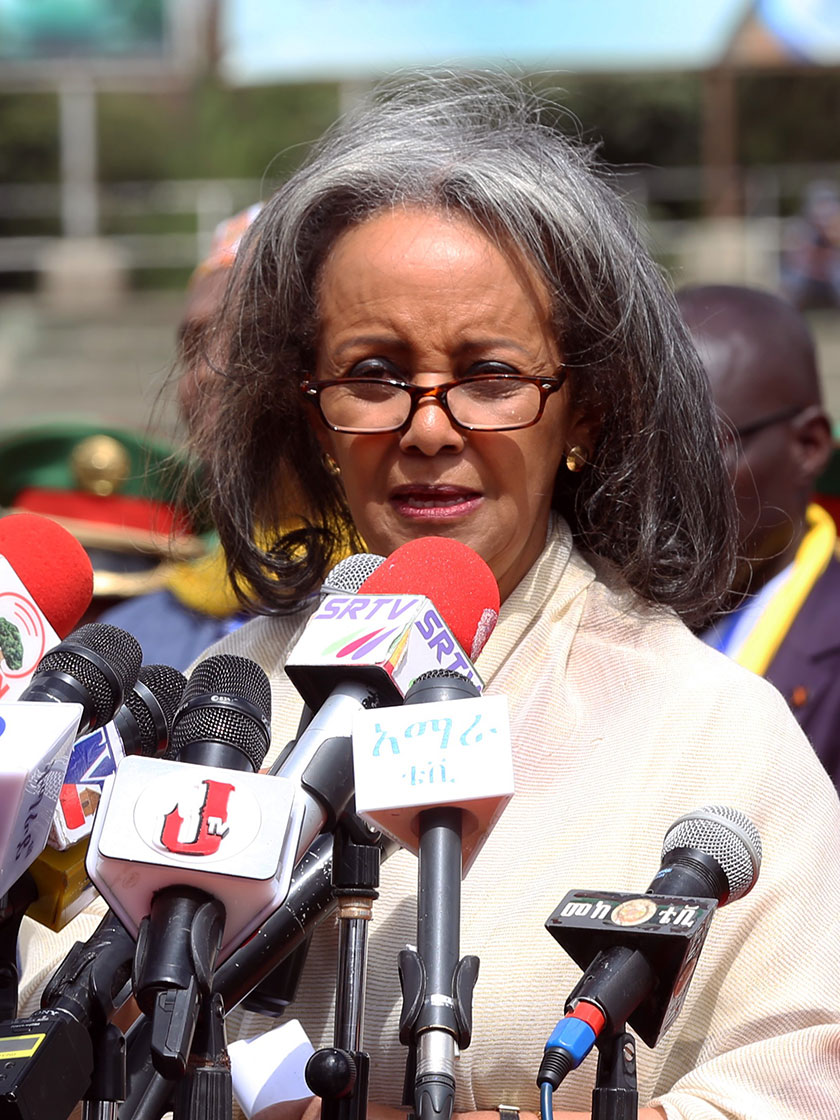

President of Ethiopia, Sahle-Work Zewde
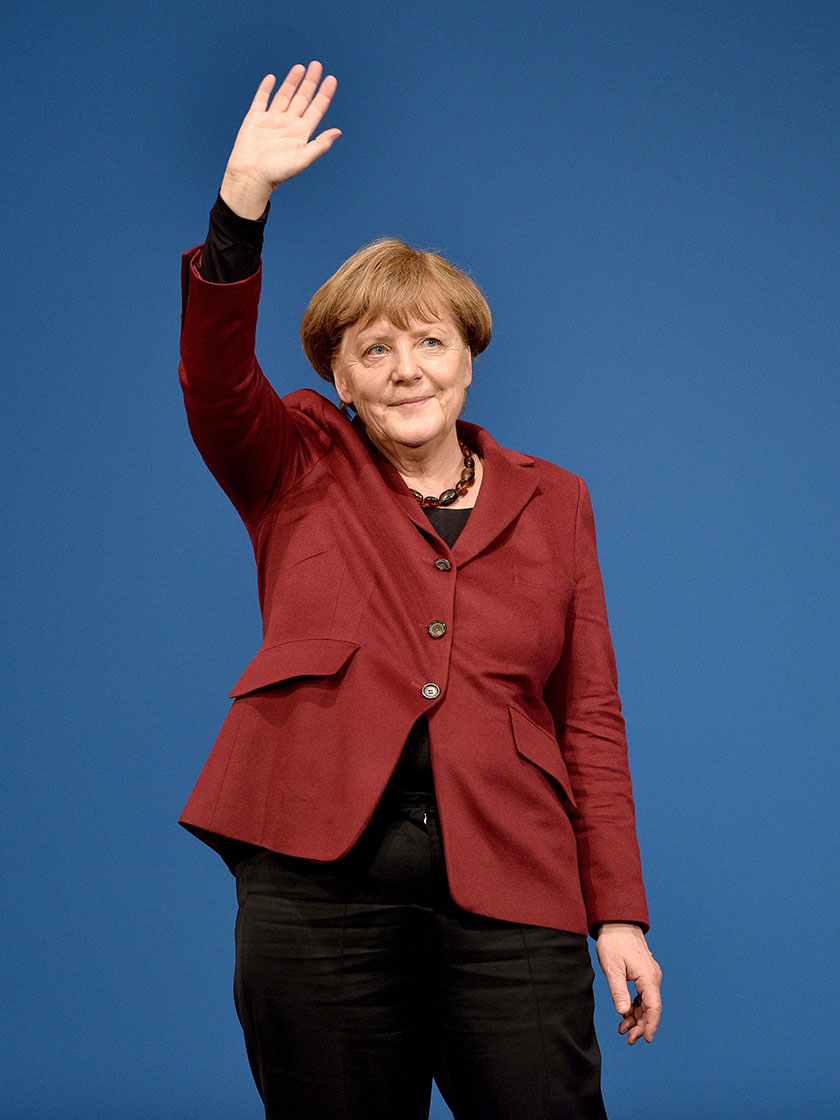

German Chancellor Angela Merkel
Photo: Getty Images


Public Sector
Firefighter
In a global study of senior public sector positions, Canada ranked highest with 46% of executive roles held by women.
In OECD countries, women make up about 50 percent of public sector employees, in developing countries, this number sinks to 35 percent.
In a 2015 study of 95 countries, MGI found that women generated 37 percent of the GDP, even though they accounted for roughly half of the working-age population.
Science & Engineering
Computer engineer
While there still persists a significant gender gap in STEM fields (science, technology, engineering, and mathematics), more and more women are entering these historically male-dominated professions.
Since the early 1990s, women participation in science and engineering has grown significantly, particularly among life scientists, computer and mathematical scientists, and social scientists.
Additionally, an analysis done by LinkedIn found that the roles with the highest increases in female representation were in the engineering and automotive industries.


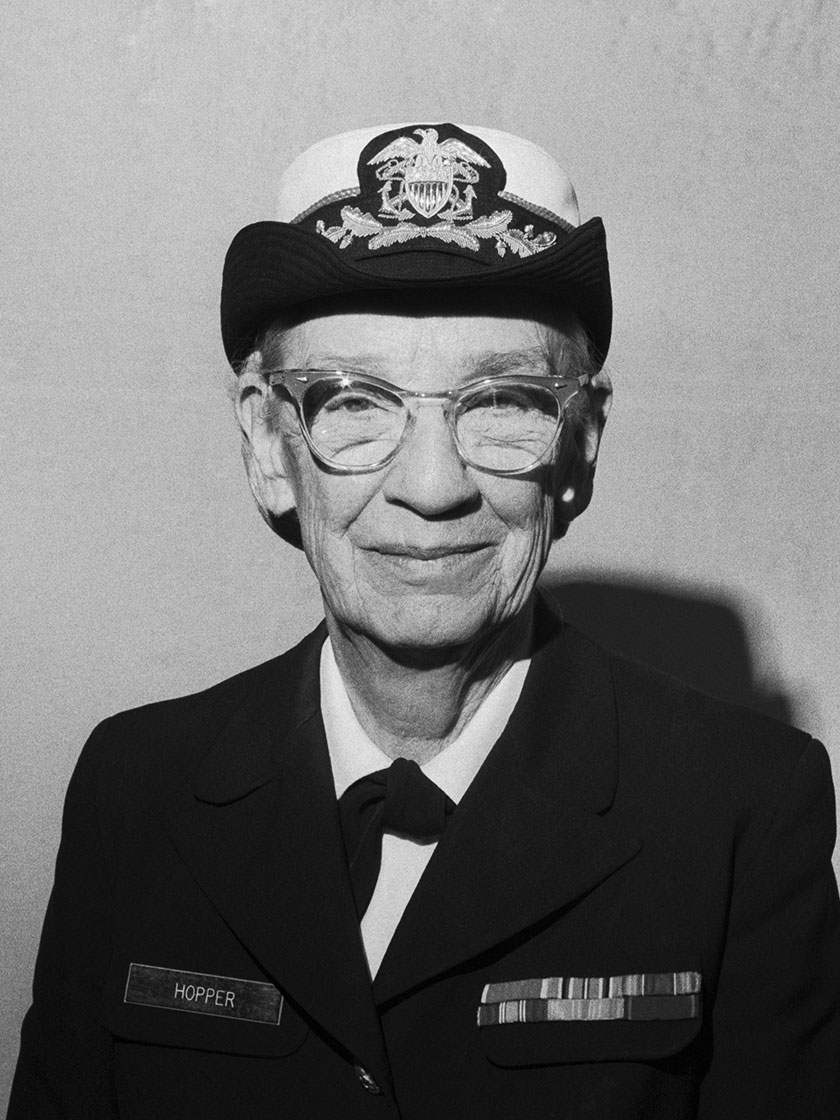

Computer Scientist and Navy Officer Grace Murray Hopper


Roberta Bondar, Canadian Astronaut Neurologist
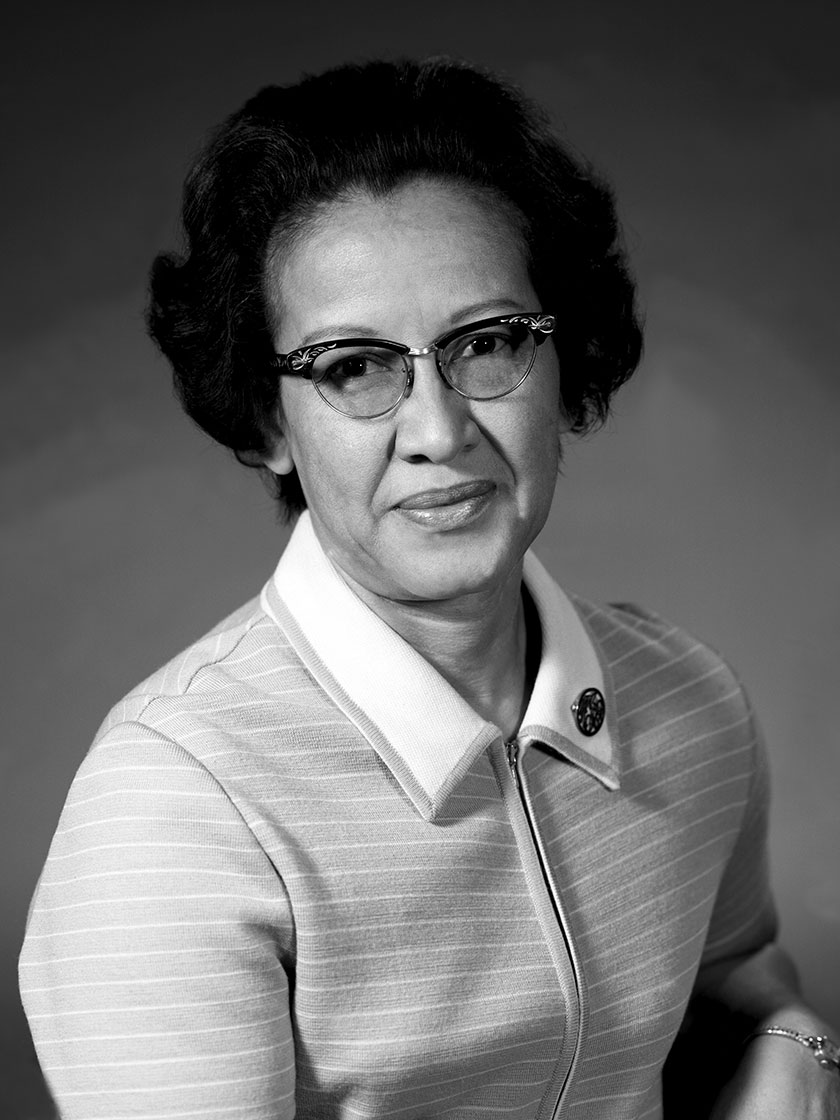

Katherine Johnson, a physicist and scientist for NASA
Photo: Getty Images


Arts
Singer
Out of the total amount of GRAMMY award winners for Record of the Year and Album of the Year since 1959, solo female winners make up roughly
one-quarter.
According to the National Endowment for the Arts, 51% of visual artists in the US are women and yet male artists comprise 87% of permanent collections in prominent American art museums.
Globally, among the top 20 most popular exhibitions in 2017, only one was headlined by a female artist: Yayoi Kusama: My Eternal Soul at the National Art Center, Tokyo.
Fashion
Fashion editor
Of the 10 most-read fashion magazines in the United States, seven of the editors-in-chief are women.
On average, American women spend as much as three times as men on clothing which, in 2017, amounted to $159 billion. Worldwide, women are estimated to control about $40 trillion worth in consumer spending.
Women also dominate fashion-focussed courses of study at university. In 2018, the New York Fashion Institute of Technology had an 85% female enrollment rate.




Fashion designer Stella McCartney
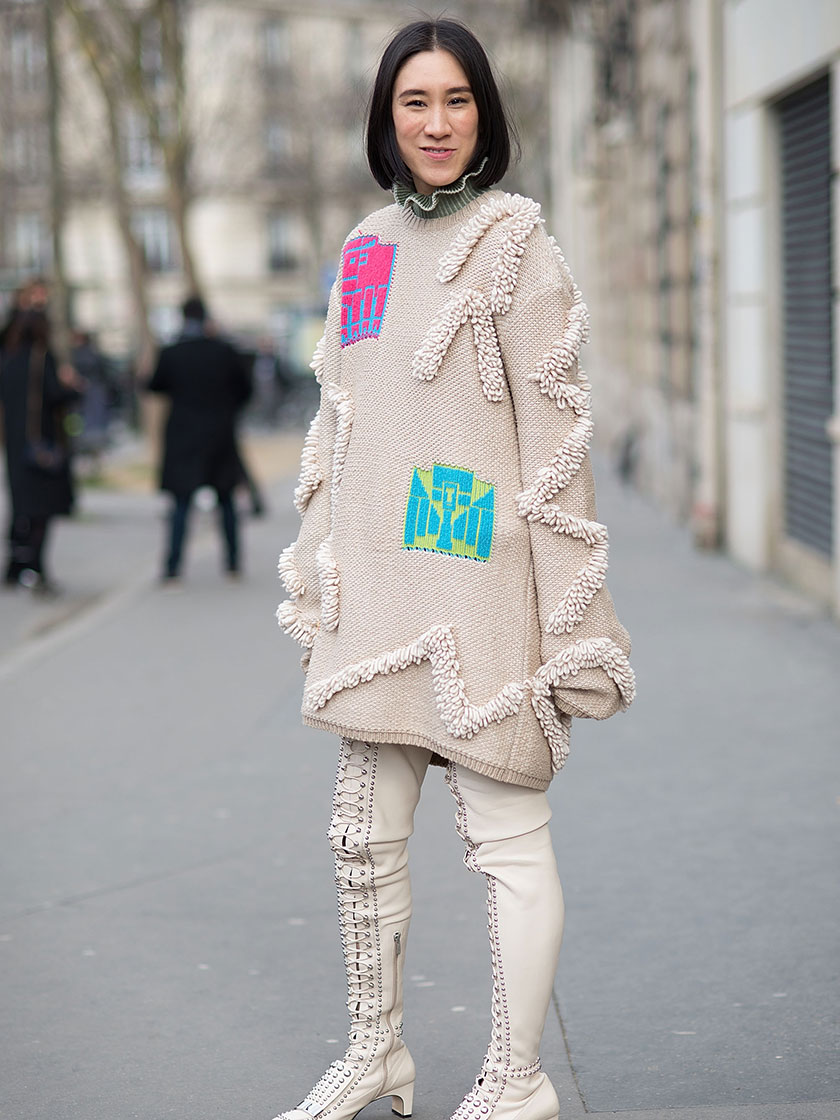

Director of fashion partnerships at Instagram, Eva Chen
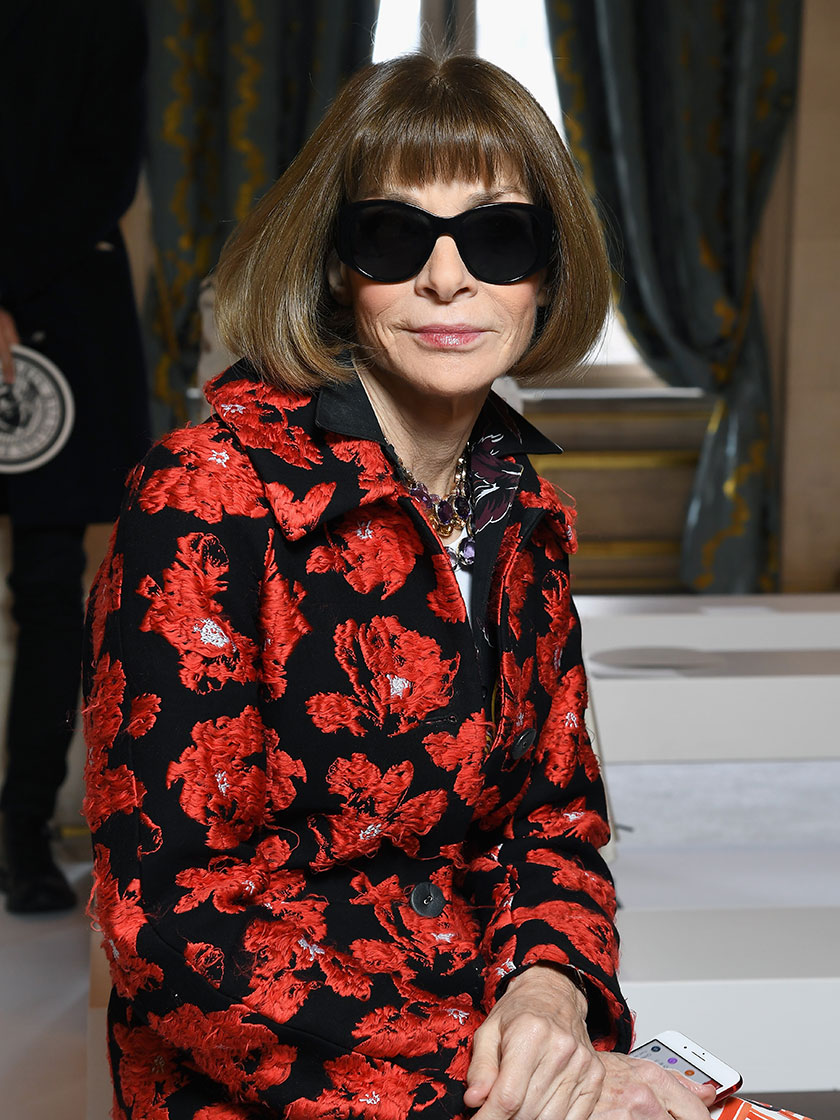

Vogue editor, Anna Wintour.
Photo: Getty Images


Aviation
Flight attendant
Across the world, aviation remains an incredibly male-dominated industry. The International Society of Women Airline Pilots says that worldwide, there are approximately 7,400 female pilots.
Among major airlines, United, Lufthansa, and British Airways employ the most female pilots, with 7.4 percent, 7 percent, and 5.9 percent, respectively.
Business
Business executive
Worldwide, more than 392 million women own their own business.
In 2019, four out of every 10 businesses in the United States are owned by women, with women of colour accounting for nearly half (47%) of these. Between 2007 and 2018, the number of women-owned businesses grew 4.2 percent year-by-year.
Women account for 46 percent of business majors in university but can expect to earn $1.1 million less over their lifetimes than men with similar degrees because, for some unknown reason, your salary is still determined by your gender. It’s estimated that more than $28 trillion would be added to the global GDP if there were economic parity worldwide. That amount is roughly equivalent to the combined size of the Chinese and US economies.




IBM Chairman, President, and CEO Ginni Rometty
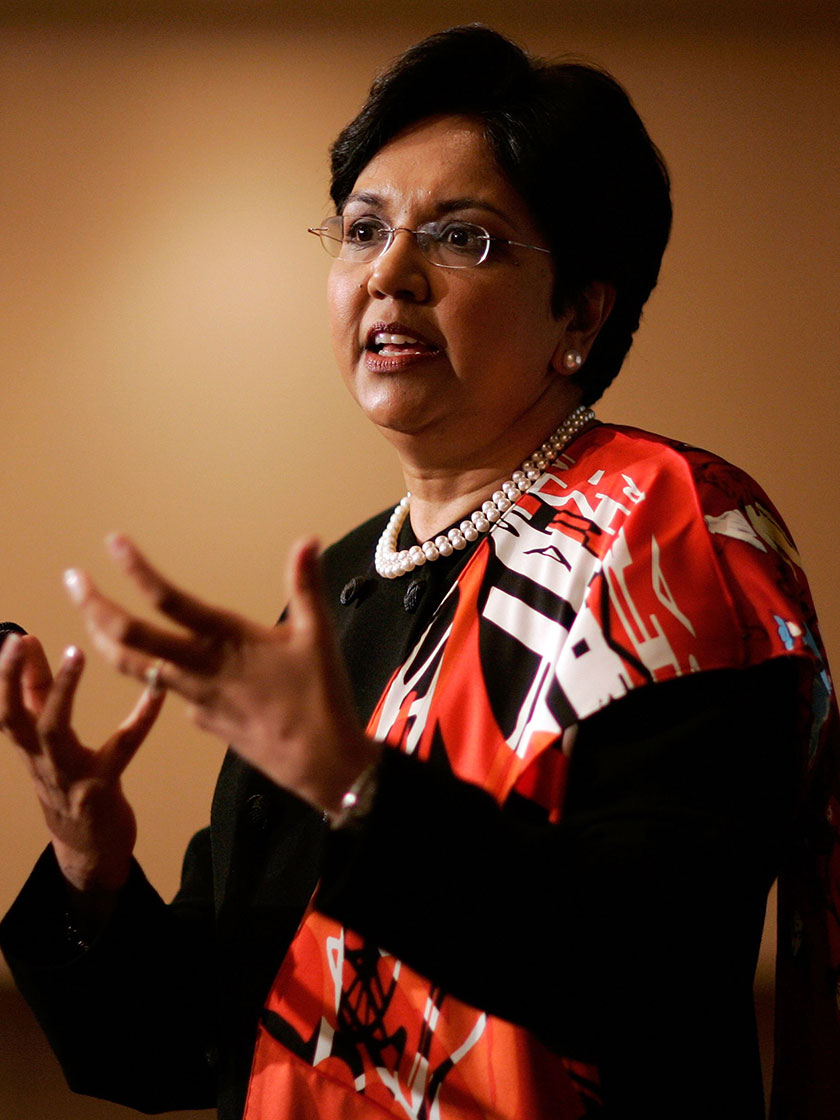

Pepsi Chair and CEO Indra Nooyi


COO of Facebook Sheryl Sandberg
Photo: Getty Images


Sports
Olympic athlete
The 2016 Olympics marked a new record for female athletes in the history of the Games, with women making up 45% of competitors.
The U.S. Open was the first sports tournament to offer equal prize money to both sexes in 1973. To date, tennis is the lone sport where earning opportunities are relatively comparable between men and women.
In comparison, professional male basketball players make, on average, 100 times more than their female counterparts. In 2018, on salary alone (no endorsements), the top five highest-paid male athletes made, on average, $115.5 million each. The five highest-paid female athletes, in comparison, took home $3,852,400.
Royalty
Princess
Arguably one of the most recognizable women in the world, Queen Elizabeth has ruled longer than any other monarch in British history. Although wholly independent, there are still 16 countries that recognize Elizabeth as their Queen.
There are 28 countries with monarchies unassociated with the British Empire, one of which with a female monarch, Margrethe II of Denmark.


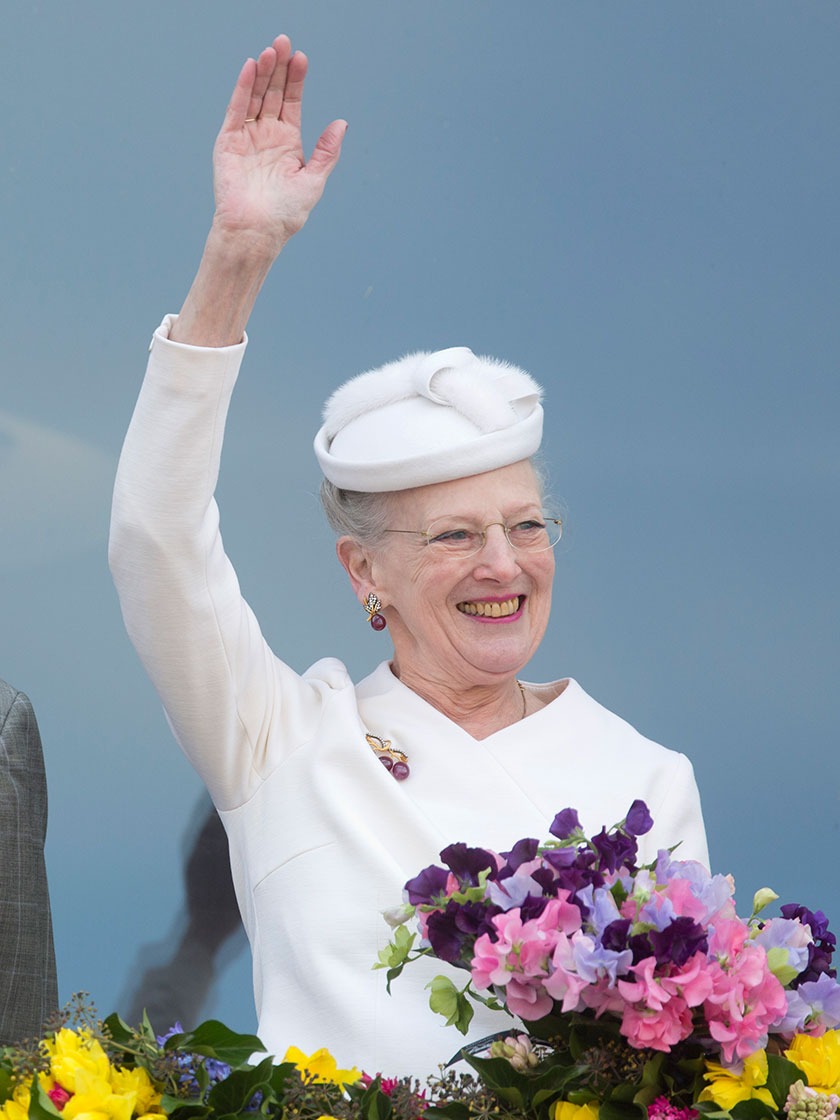

Queen Margrethe II of Denmark
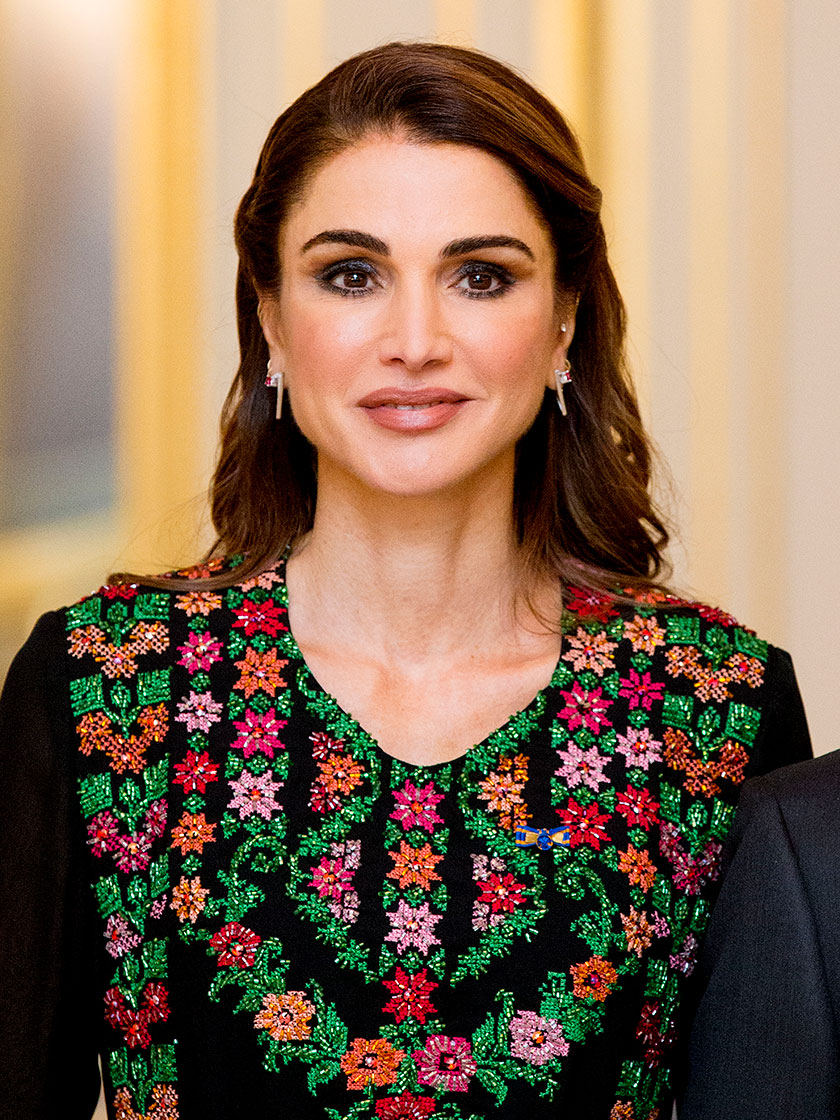

Queen Rania of Jordan
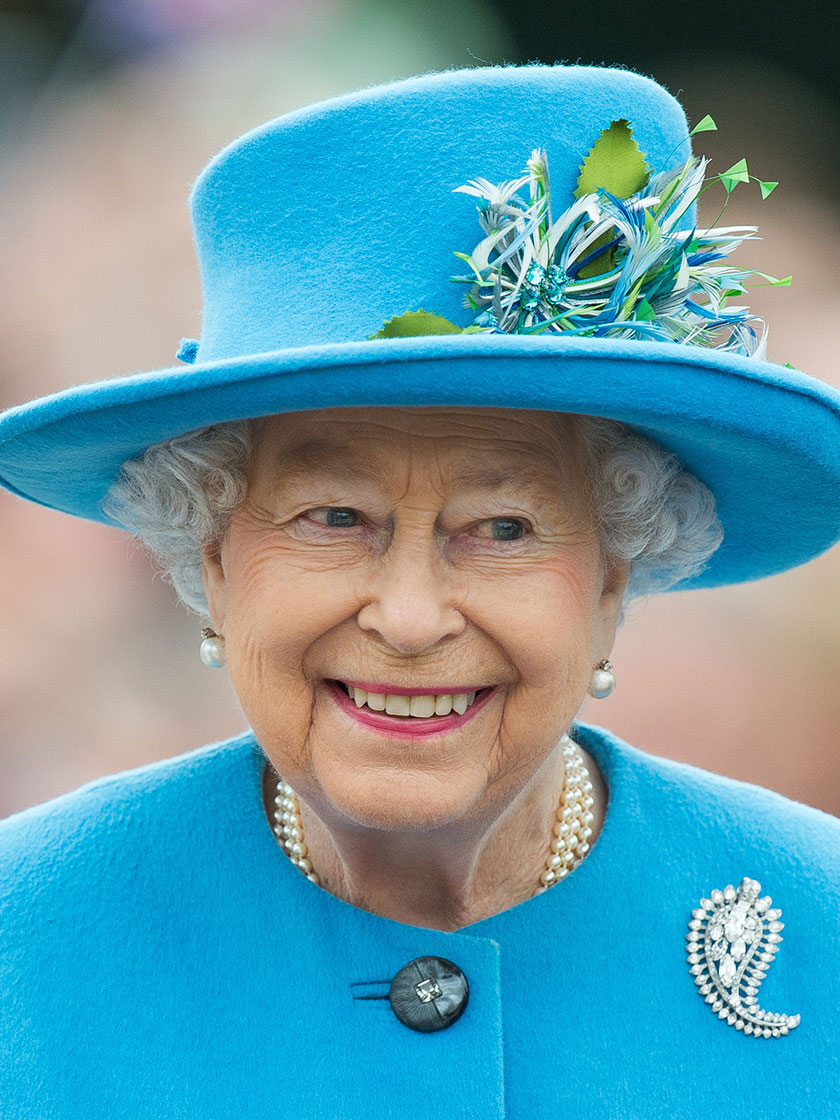

Queen Elizabeth
Photo: Getty Images




